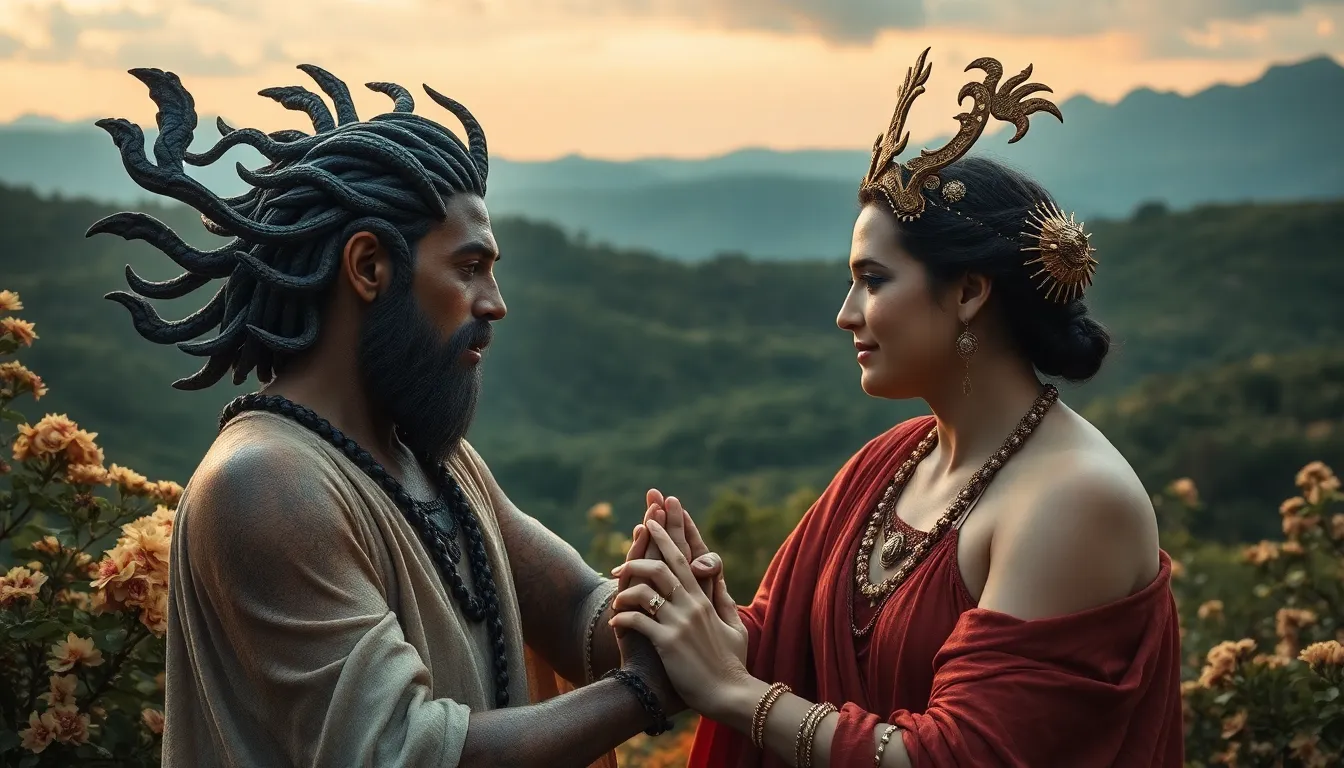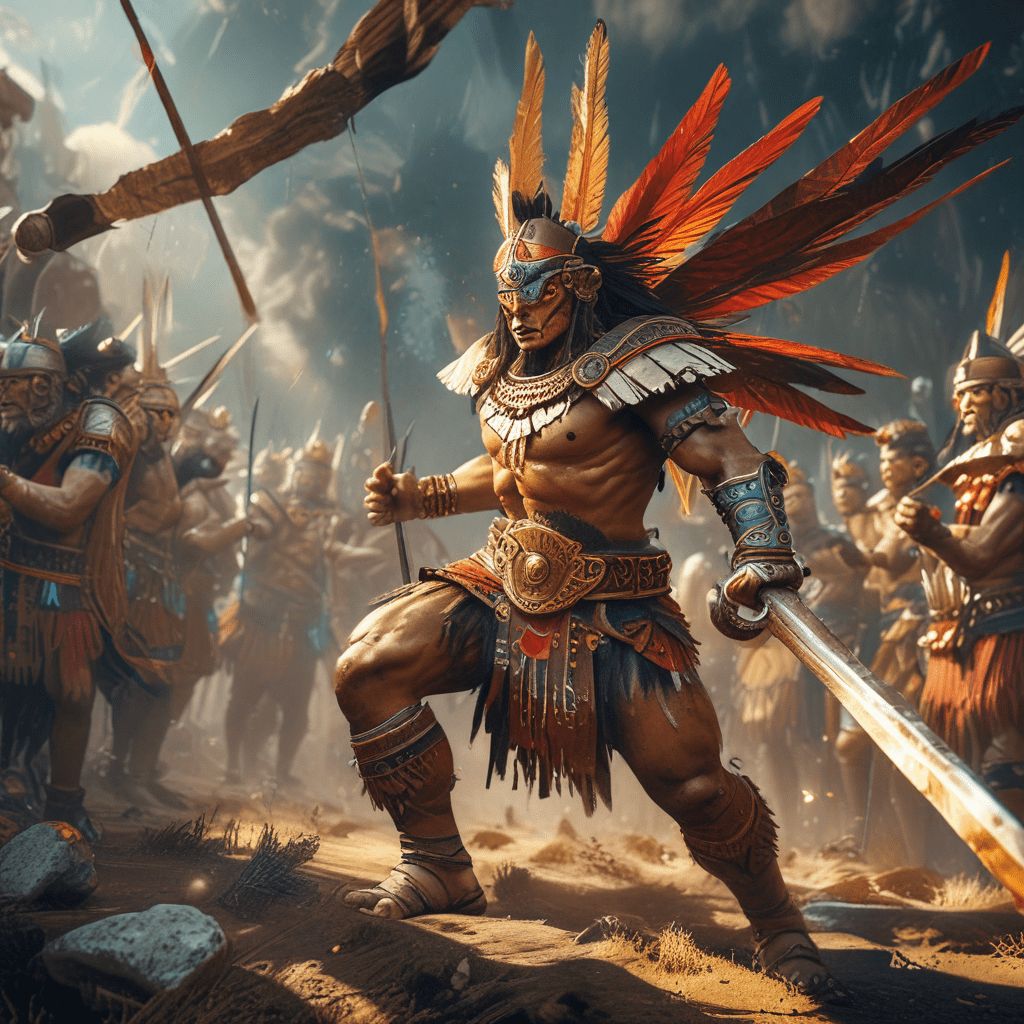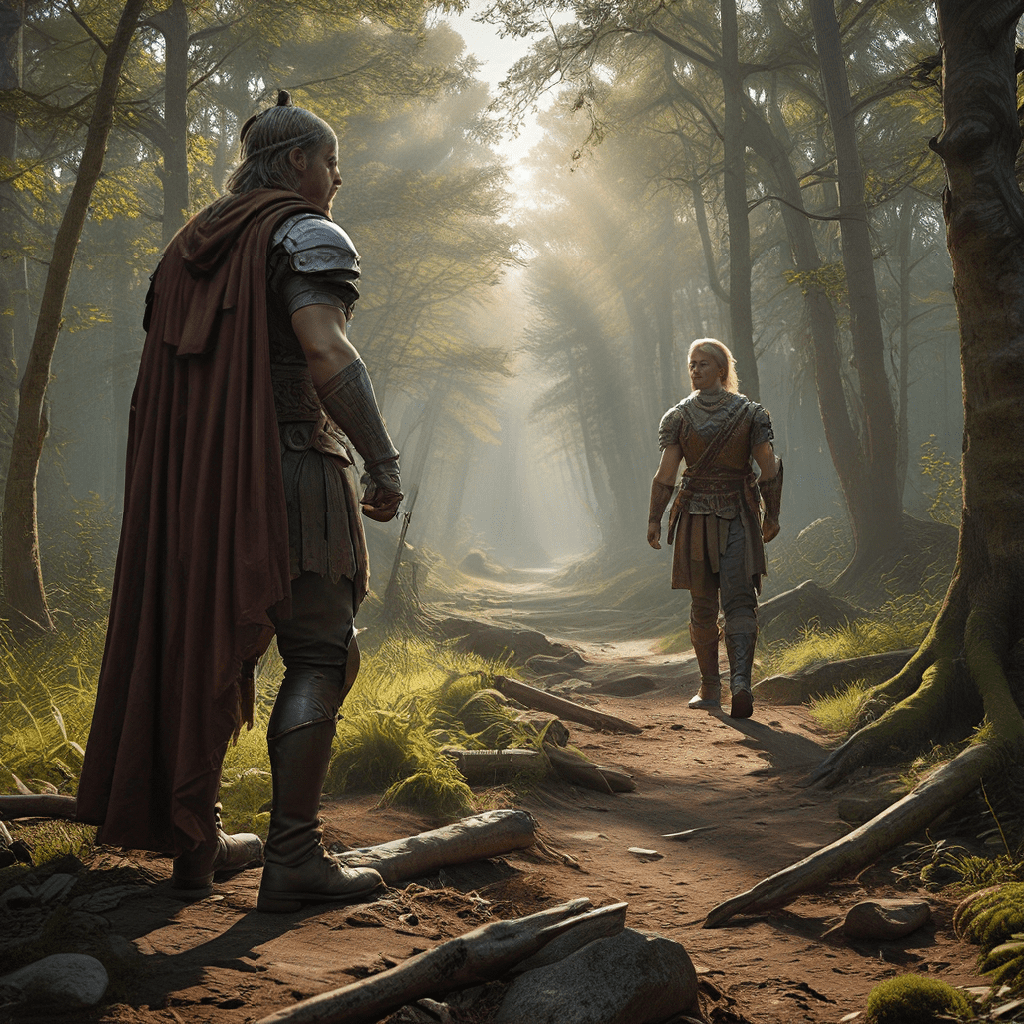The Most Captivating Love Stories of Ancient Deities
I. Introduction to Love in Mythology
Love, in ancient cultures, was often perceived as a divine force, a connection that transcended the mortal realm. It was not merely an emotion but a powerful influence that could lead to triumphs, tragedies, and transformations. Mythology is replete with tales that explore the complexities of love, showcasing how it could bind the hearts of gods and mortals alike.
The significance of love stories in mythology extends beyond mere entertainment; they serve as reflections of societal values, human emotions, and the dynamics of relationships. These stories often encapsulate universal themes of devotion, sacrifice, and the often tumultuous nature of love. In this article, we will delve into some of the most captivating love stories of ancient deities, exploring their enduring legacies and cultural impacts.
II. The Lovers of Olympus: Zeus and Hera
Zeus and Hera, the king and queen of the Greek gods, embody a tumultuous relationship marked by passion, jealousy, and power struggles. Their union was as much a political alliance as it was a romantic one, reflecting the complexities of divine governance.
Highlights of their love include:
- Zeus’s numerous infidelities, which often led to Hera’s wrath.
- Hera’s cunning schemes to punish Zeus’s lovers and their offspring.
- Their reconciliations, which demonstrated the depth of their bond despite the conflicts.
Their relationship has left a profound influence on Greek culture and literature, serving as a backdrop for numerous myths and moral lessons that explore fidelity, power, and the consequences of betrayal.
III. The Tragic Romance of Orpheus and Eurydice
The love story of Orpheus and Eurydice is a poignant tale of love, loss, and the quest for reunion. Orpheus, a gifted musician, fell deeply in love with Eurydice, but their happiness was short-lived when she tragically died from a snake bite.
Orpheus’s descent into the underworld to retrieve his beloved is a testament to the themes of devotion and despair. His enchanting music softened the hearts of Hades and Persephone, allowing him a chance to bring Eurydice back to the world of the living. However, the tragic twist of fate—his inability to resist looking back at her—sealed their separation forever.
This tale has left a significant legacy in art and music, inspiring countless operas, paintings, and literary works. The themes of love enduring through hardship resonate deeply, making it a timeless narrative.
IV. The Star-Crossed Lovers: Pyramus and Thisbe
The Babylonian tale of Pyramus and Thisbe is one of the earliest examples of star-crossed lovers. Living in neighboring houses, the two young lovers communicated through a crack in the wall, their love forbidden by their feuding families.
Key themes in their story include:
- Forbidden love, as their families’ animosity kept them apart.
- Fate, which ultimately conspired against them.
Their tragic end—believing each other to be dead and taking their own lives—has had a lasting impact on later literary works, notably influencing Shakespeare’s “Romeo and Juliet”. Their story serves as a reminder of the dangers of family feuds and the power of love that transcends boundaries.
V. The Passionate Affair of Aphrodite and Ares
The goddess of love, Aphrodite, and the god of war, Ares, epitomize a relationship characterized by passion and betrayal. Their affair, often fraught with complications, showcases the intoxicating blend of love and desire amidst the backdrop of conflict.
Exploring their relationship reveals:
- The juxtaposition of love and war, highlighting how these opposing forces can coexist.
- The impact of jealousy, particularly from Aphrodite’s husband, Hephaestus, who sought revenge.
Cultural interpretations of their relationship often delve into the duality of human nature, portraying love as both a creative and destructive force, reflecting society’s complexities in understanding desire and devotion.
VI. The Eternal Bond of Vishnu and Lakshmi
In Hindu mythology, the divine love story of Vishnu and Lakshmi represents the ideal union between the preserver of the universe and the goddess of wealth and prosperity. Their love symbolizes balance, harmony, and the interplay of cosmic forces.
The significance of their union can be seen through:
- Their roles in maintaining dharma (cosmic order) in the universe.
- Their representation of abundance and prosperity in the lives of devotees.
The influence of Vishnu and Lakshmi’s love is celebrated in Hindu worship and festivals, particularly during Diwali, where their blessings are invoked for prosperity and well-being, illustrating the deep connection between divine love and human life.
VII. The Unconventional Love of Osiris and Isis
The love story of Osiris and Isis in Egyptian mythology is steeped in themes of resurrection and loyalty. Osiris, the god of the afterlife, was betrayed and killed by his brother Set. However, through Isis’s unwavering devotion, she resurrected him, demonstrating the eternal nature of their love.
Their story embodies significant themes such as:
- Loyalty, as Isis’s commitment to Osiris represents the ideal of fidelity.
- Rebirth, highlighting the cyclical nature of life and death.
Osiris and Isis’s love story played a crucial role in Egyptian mythology, symbolizing the assurance of life after death and the importance of family bonds in the face of adversity.
VIII. The Love That Defied Death: Hades and Persephone
The relationship between Hades, the god of the underworld, and Persephone, the goddess of spring, is marked by complexity and the themes of seasonal change and cyclical nature. Their love story begins with Hades abducting Persephone, which led to her becoming the queen of the underworld.
The dynamics of their relationship involve:
- The duality of light and darkness, representing life and death.
- The balance of sorrow and joy as Persephone spends half the year in the underworld and half with her mother, Demeter.
This relationship has influenced cultural interpretations and rituals, particularly the Eleusinian Mysteries, which celebrated the cycle of life, death, and rebirth, reflecting humanity’s connection to nature.
IX. The Forbidden Love of Ra and Hathor
The relationship between Ra, the sun god, and Hathor, the goddess of love and joy, is a tale of cosmic balance between love and duty. Their love was often complicated by the responsibilities Ra had as the ruler of the gods.
Exploration of their relationship reveals:
- The complexities of divine love, balancing affection with the demands of leadership.
- How their love influenced the natural world, as Hathor was seen as a nurturing figure.
Artistic representations throughout history often depict their love as a source of life and light, emphasizing the importance of love in maintaining cosmic order.
X. Conclusion: The Enduring Power of Love in Mythology
Throughout the tales of ancient deities, key themes of love emerge, such as devotion, sacrifice, and the interplay of power and vulnerability. These stories not only reflect the values of the cultures that produced them but also resonate with modern audiences.
The relevance of these ancient tales in contemporary culture underscores the universal nature of love, showcasing how it transcends time and space. As we continue to explore these narratives, we find that love remains a central theme in human experience, influencing our lives, relationships, and artistic expressions across all cultures.



